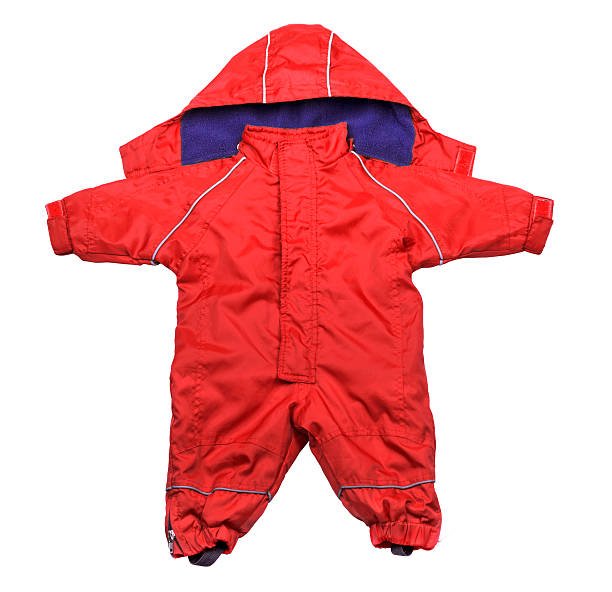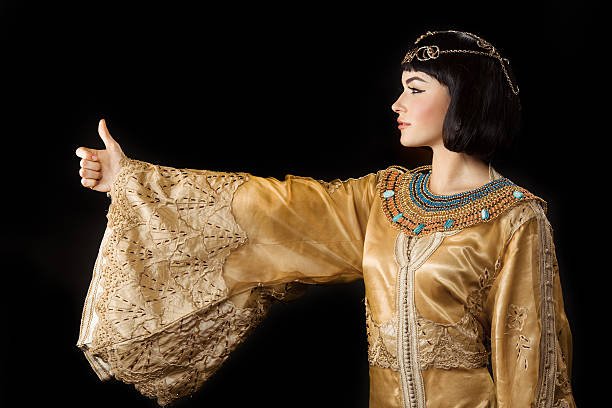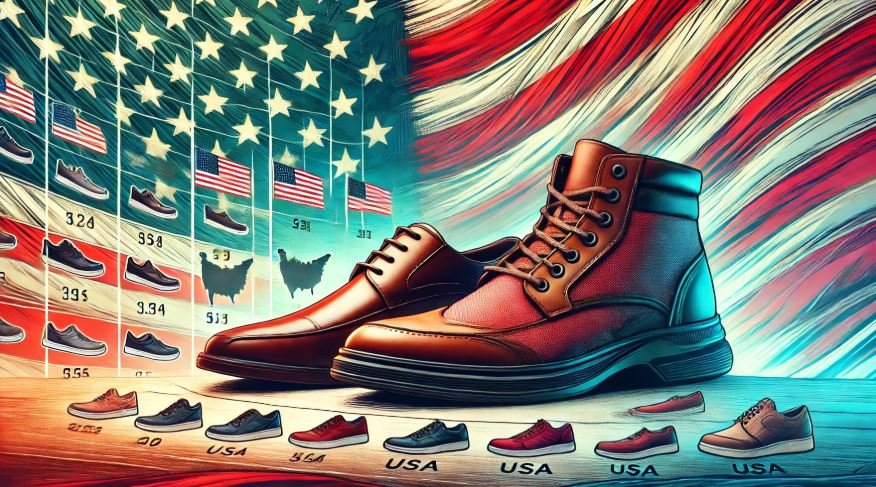Introduction
The tracksuit, once seen purely as sportswear, has become a significant part of fashion, blending comfort and style with cultural relevance. Whether it’s a Hellstar tracksuit making waves in streetwear, or a Corteiz tracksuit dominating the latest trends, tracksuits have become essential in both casual and high-end fashion. From their origins in athletics to their role in modern street style, tracksuits have evolved tremendously over the years. In this article, we’ll explore the transformation of tracksuits, including the rise of iconic brands like Kappa tracksuit, and how they’ve become a wardrobe staple for millions.
Body
1. Tracksuits in Sportswear: The Early Years
The tracksuit first emerged in the 1960s as practical athletic wear, designed to offer comfort and flexibility for athletes. With lightweight materials like nylon and polyester, early hellstar tracksuit were favored for their functionality in helping athletes warm up before competitions. Sports brands like Adidas and Nike were among the first to introduce corteiz tracksuit, which quickly gained popularity on the track and in the gym.
Over time, brands such as Kappa tracksuit also entered the market, offering distinct designs with signature logo stripes that became instantly recognizable. These tracksuits were not only practical but also started to be seen as stylish, particularly in sports communities.
2. The Rise of Tracksuits in Popular Culture
The transition from sportswear to streetwear began in the late 1970s and 1980s when kappa tracksuit were embraced by hip-hop culture. Brands like Adidas became synonymous with the hip-hop scene, with iconic figures like Run-D.M.C. wearing tracksuits as part of their everyday style. During this period, tracksuits became much more than just functional clothing—they symbolized identity, culture, and self-expression.
This era also saw the rise of brands like Hellstar tracksuit and Corteiz tracksuit, which became associated with urban streetwear. These brands offered bold designs, eye-catching logos, and a sense of rebellion, further embedding tracksuits into popular culture. The tracksuit became a statement of confidence, representing more than just comfort but a new form of cool in fashion.
3. Tracksuits on the Runway: From Casual to High Fashion
In the 2000s, tracksuits made a bold leap from streetwear into the world of high fashion. Luxury designers like Gucci and Prada started incorporating hellstar tracksuit into their collections, turning the once humble athletic wear into a high-end fashion statement. The Hellstar tracksuit, with its edgy designs and premium materials, became a symbol of this shift, combining the laid-back style of streetwear with the allure of designer fashion.
At the same time, the classic Kappa tracksuit and newer brands like Corteiz tracksuit continued to influence mainstream fashion, blurring the lines between athletic wear and luxury clothing. These brands offered a fresh take on tracksuits, making them suitable for both casual outings and high-fashion events.
Tracksuits also became popular among celebrities and influencers, who frequently donned stylish versions of these outfits. Whether paired with sneakers for a casual day look or elevated with accessories for a night out, hellstar tracksuit began to dominate streetwear, offering versatility that appealed to a wide range of fashion-conscious consumers.
4. Tracksuits in Modern Streetwear
Today, tracksuits are more popular than ever, and brands like Hellstar tracksuit and Corteiz tracksuit are leading the charge. These modern tracksuits are designed with bold logos, vibrant colors, and contemporary cuts, making them stand out in the streetwear scene. They offer the perfect balance between style and comfort, allowing wearers to express their individuality while staying comfortable.
The influence of tracksuits in streetwear has extended globally, with collaborations between designers, artists, and brands bringing fresh perspectives to the classic outfit. The rise of sustainable fashion has also impacted tracksuit design, with more brands focusing on eco-friendly materials and ethical production methods.kappa Tracksuit are now seen as both functional and fashionable, offering an outfit that can be worn from the gym to social settings with ease.
5. Why Tracksuits Remain Popular Today
Tracksuits have stood the test of time for several reasons:
- Comfort: One of the most significant reasons for the continued popularity of tracksuits is their unmatched comfort. Whether it’s a Hellstar tracksuit made from soft, breathable fabrics or a Kappa tracksuit with a relaxed fit, tracksuits are ideal for lounging, traveling, or working out.
- Versatility: Tracksuits offer endless styling possibilities. A Corteiz tracksuit can be worn casually with sneakers or dressed up with accessories for a more polished look. This versatility makes tracksuits appealing to people of all ages and fashion preferences.
- Cultural Relevance: Tracksuits continue to be a central part of street culture, embraced by influencers, musicians, and athletes. Brands like tracksuit have maintained their iconic status in fashion, while newer names like tracksuit have brought fresh energy and designs to the market.
- Fashion Innovation: Modern tracksuits come in a wide variety of designs, fabrics, and styles. From sleek, minimal designs to bold, logo-heavy pieces, tracksuits have evolved to fit into any wardrobe. Brands like Corteiz are pushing boundaries by incorporating innovative fabrics and creative designs, ensuring that tracksuits remain a contemporary fashion choice.
Conclusion
The tracksuit has undergone an incredible transformation, moving from its roots in sportswear to becoming a streetwear staple and high-fashion favorite. Brands like Hellstar tracksuit, and Kappa tracksuit have played pivotal roles in this evolution, offering designs that blend comfort, style, and cultural relevance. As tracksuits continue to dominate the fashion world, their versatility and appeal show no signs of fading. Whether worn casually or as a statement piece, tracksuits remain a timeless part of fashion, combining functionality with cutting-edge design.










